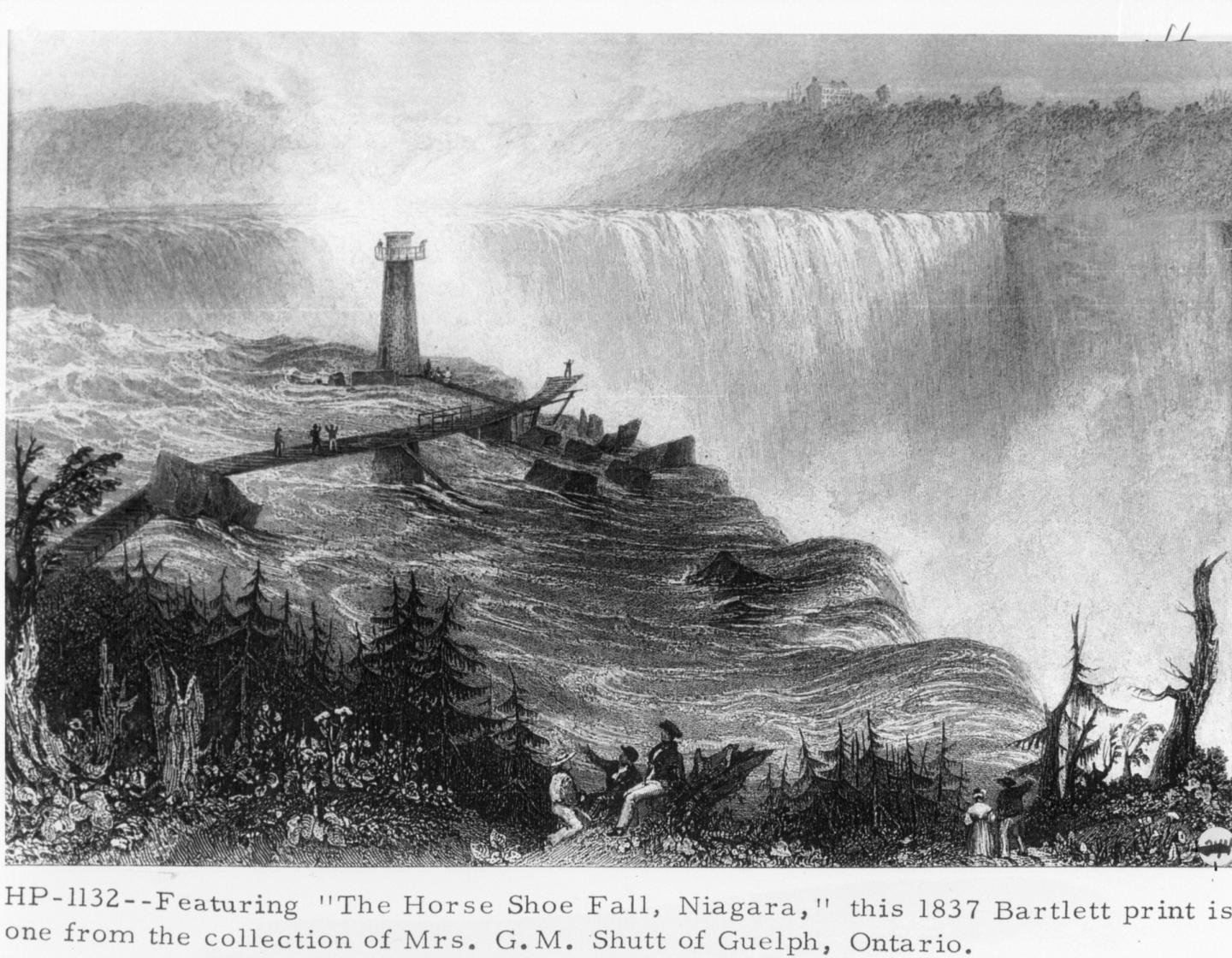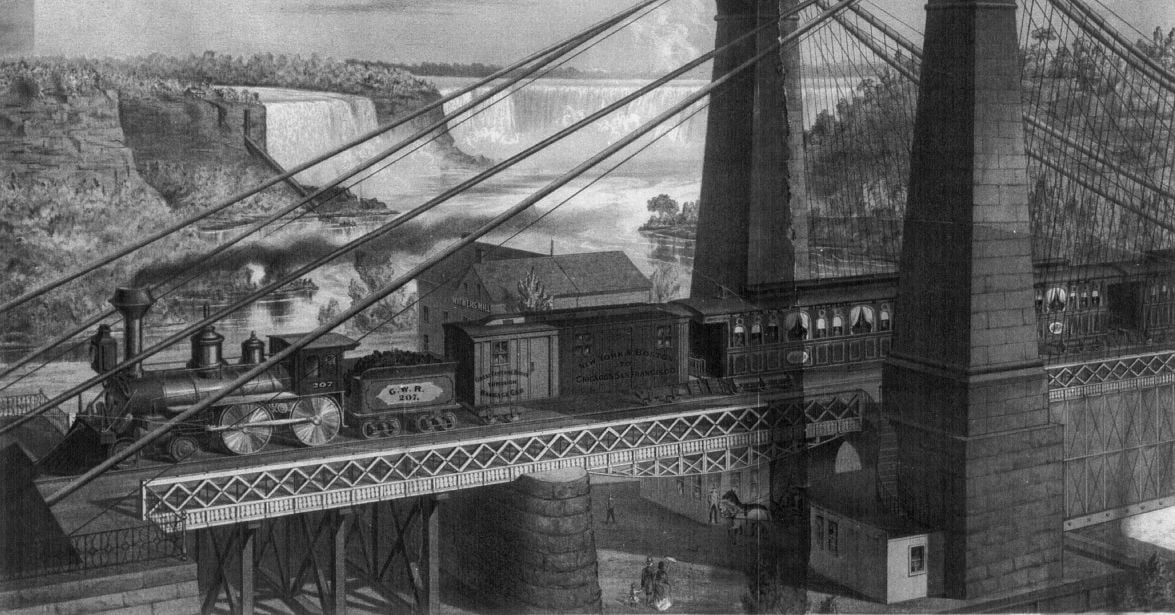
Niagara Falls Before Photography
Before photography was invented in 1839, (it was called daguerreotype photography and it was the first photographic process to win favour in North America) people relied on painters and writers to describe one of the most popular natural wonders of the world by painting and sketching them.
The splendid beauty of the Niagara River and the Falls excited the interest of artists as few other natural wonders did. There is no other river in the world quite like Niagara. The panorama of the Falls and River had a strong appeal to these artists.
Early paintings and sketches over the past 200 years have added a valuable historical record of an early settled and vigorously active picture of Canada’s formative years. These paintings have preserved for us details of social history, records of landscape features, both natural and man-made, often now changed or vanished. Most of these paintings and sketches predate the event of photography.
Many of the paintings done of Niagara Falls were done by English soldier-artists stationed in the Niagara area. They have left us a remarkable record of their visits in the eighteenth century. Several of these sketches and paintings were topographical in nature. There was also a group of artists who left romantic images of the Falls. At times, some of these paintings were sentimental and exaggerated. For example, Recolect priest and French explorer Father Louis Hennepin visited in 1678 and greatly exaggerated the Falls to be three times its actual height!
In all their variety, these paintings and their reproductions are a source of continuing artistic interest. They also provide us with a rare pictorial history of the Niagara River and Niagara Falls.


























